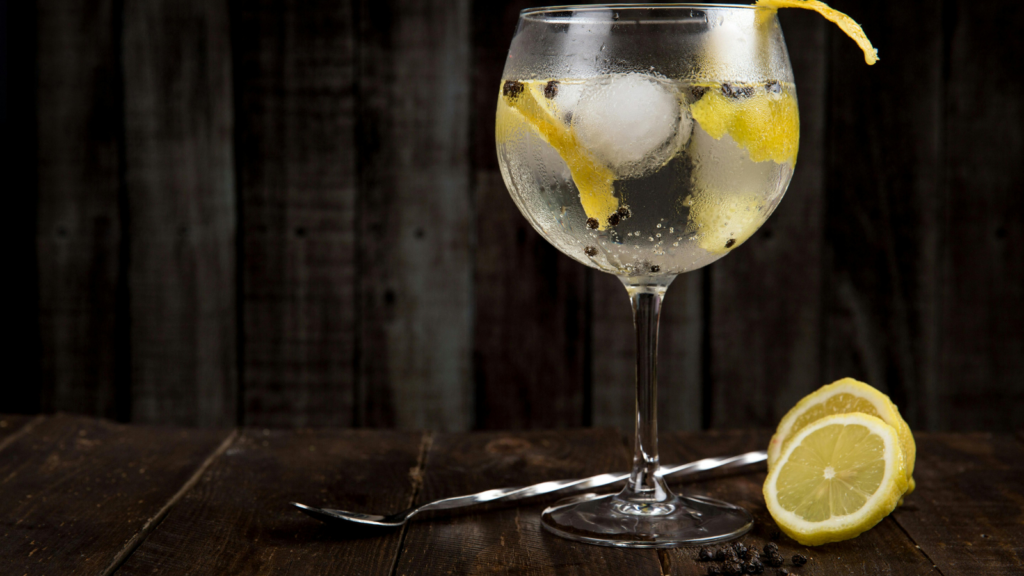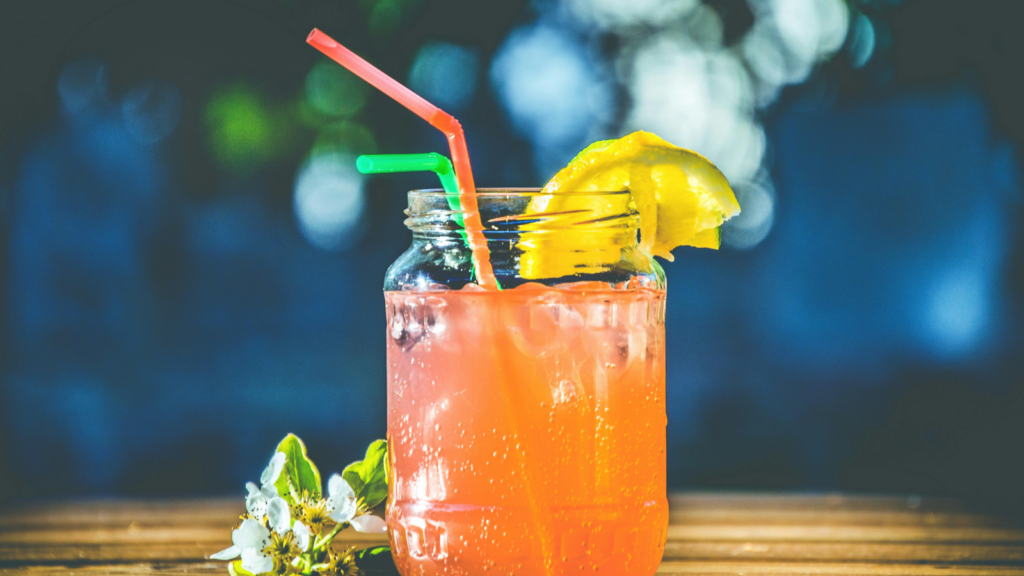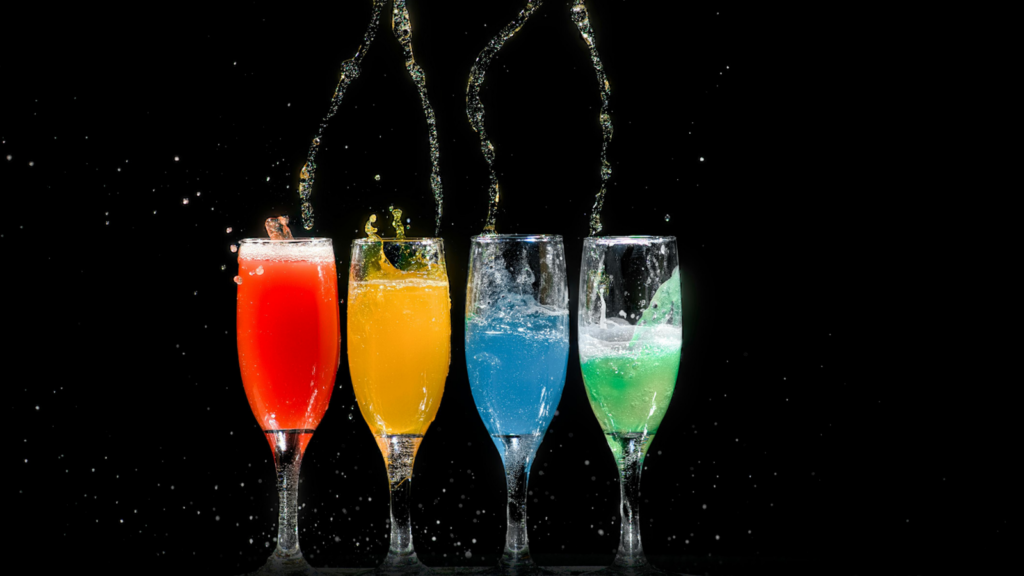Who doesn’t love a good cocktail? Whether you’re a seasoned mixologist or a casual sipper, there’s a certain magic to blending different flavors into one delicious drink. But beyond the classic spirits and mixers, there’s a world of interesting cocktail ingredients that can take your cocktails to the next level.
Ready to embark on this exciting journey? Let’s dive into the fascinating world of interesting cocktail ingredients.
Interesting Cocktail Ingredients
Traditional vs. Innovative Ingredients

Classic cocktail elements form a solid base, but modern mixologists aren’t content to confine their creativity. Bitters, syrups, and spirits, staples of the cocktail world, hold their own in crafted drinks. They enable consistency in taste implementation, keeping martini fans sated and negroni lovers nestled in known territories.
Yet, advancement beckons. Artisan bitters, exotic fruits, and unique spirits have entered the cocktail scene. Ingredients like yuzu, a citrus fruit from East Asia, or it’s high time to welcome aquafaba, a chickpea liquid often used as an egg white substitute. These ingredients catapult cocktails into contemporary times, molding classic concoctions into modern masterpieces.
Regional Ingredients That Make a Splash
Much like regional cuisines, local ingredients play an essential role in mixology. This regional touch adds uniqueness to each cocktail, as indigenous ingredients conjure a splash of home in every sip.
Regional ingredients offer a singular taste, making the drink experience all the more memorable. Such cocktail components not only introduce drinkers to new flavor profiles but also transport them to different places, painting edible portraits of geographical distinction.
Uncommon Ingredients in Modern Cocktails
Exotic Fruits and Herbs
In the realm of modern mixology, exotic fruits and herbs constantly make their mark. Jackfruit, known for its distinctive sweet flavor, pushes the boundaries of taste in creative cocktails. Dragon fruit, with its refreshing and mildly sweet nature, adds subtlety. Soursop, recognizable by its creamy texture, introduces a balanced tang.
Herbs such as Shiso, an aromatic herb from the Perilla plant, enhance the drink’s fragrance. Lovage, a herb native to Southern Europe, possesses a strong celery-like flavor, adding depth to cocktails.
Edible Flowers and Infusions

Edible flowers present another unique avenue for mixologists. Orchids, with their vibrant colors and mild taste, often serve as garnishes, adding a visual pop. Hibiscus, noteworthy for its tart flavor, contributes to balanced sweet-and-sour blends. Elderflower, often infused in syrups, imparts a delicate floral essence to cocktails.
Infusions add complexity to a drink, often by steeping a variety of items in booze. Charred fruits, such as pineapple, when steeped in rum, lend a smoky note. Ginger, known for its warmth and zip, creates a vibrant infusion when paired with vodka. Cinnamon and other warming spices add depth to brandy infusions, contrasting nicely with the liquor’s inherent sweetness.
How to Incorporate New Ingredients Into Cocktails
Tips for Blending Flavors
Mixologists use a systematic approach when blending flavors, viewing it as an experimental art. They begin with a fundamental understanding of the flavor profiles of each component. Firstly, they categorize ingredients, like jackfruit or dragon fruit, into groups such as sweet, sour, bitter, rich, or crisp. Following this, mixologists consider the impact of these flavors when combined. For instance, a rich, deep spirit might pair well with the bright, sour notes of soursop.
Experimenting with Proportions

Experimenting with proportions is another key aspect of modern mixology. Balancing different ingredients and adjusting according to each component’s intensity is the cornerstone of crafting a well-balanced cocktail. For example, they may find that a spirit as unique as cloudberry liqueur doesn’t require as much in a cocktail due to its strong flavors.
Mixologists typically start with classical ratios as a reference, then modify the proportions as needed based on the new ingredients they’re using. It’s a lot like cooking: you start with a recipe, then tweak it based on personal preferences and elements involved.
The Fascinating World of Interesting Cocktail Ingredients
It’s clear that the cocktail world is no longer confined to traditional ingredients. Today’s mixologists are pushing boundaries, using everything from artisan bitters to exotic fruits and unique spirits. So next time you’re sipping on a cocktail, remember, it’s more than just a drink. It’s a testament to the innovation and diversity of today’s interesting cocktail ingredients.

